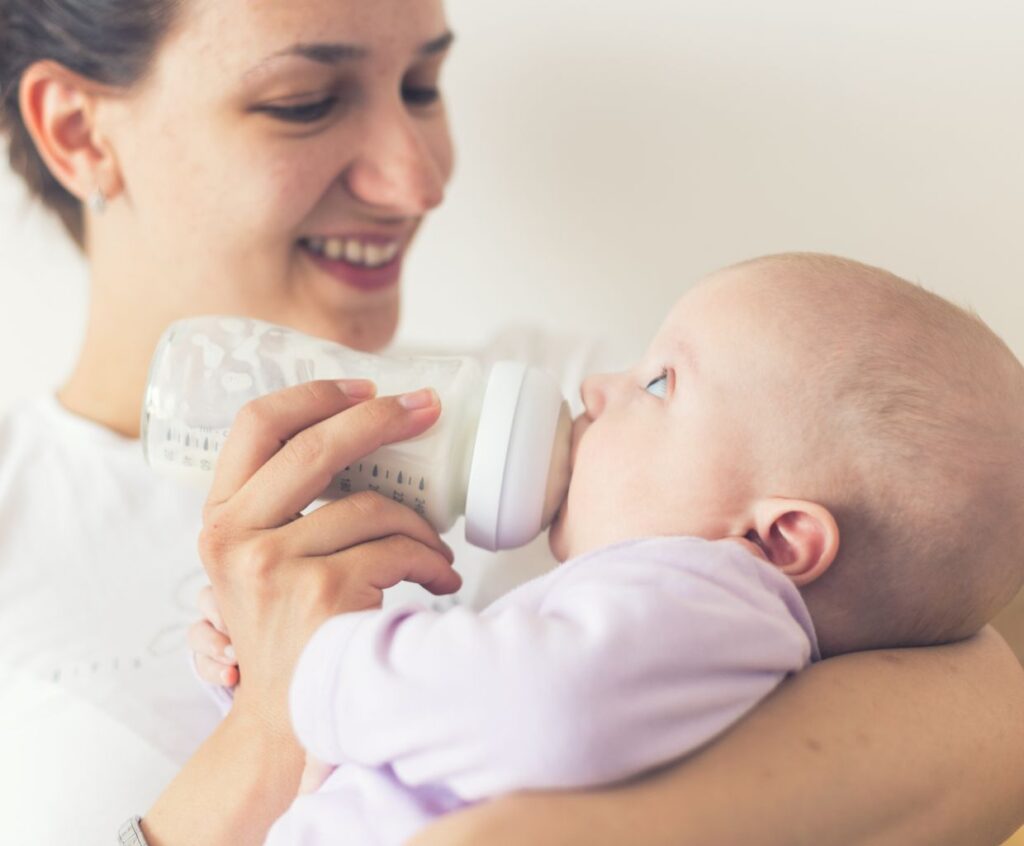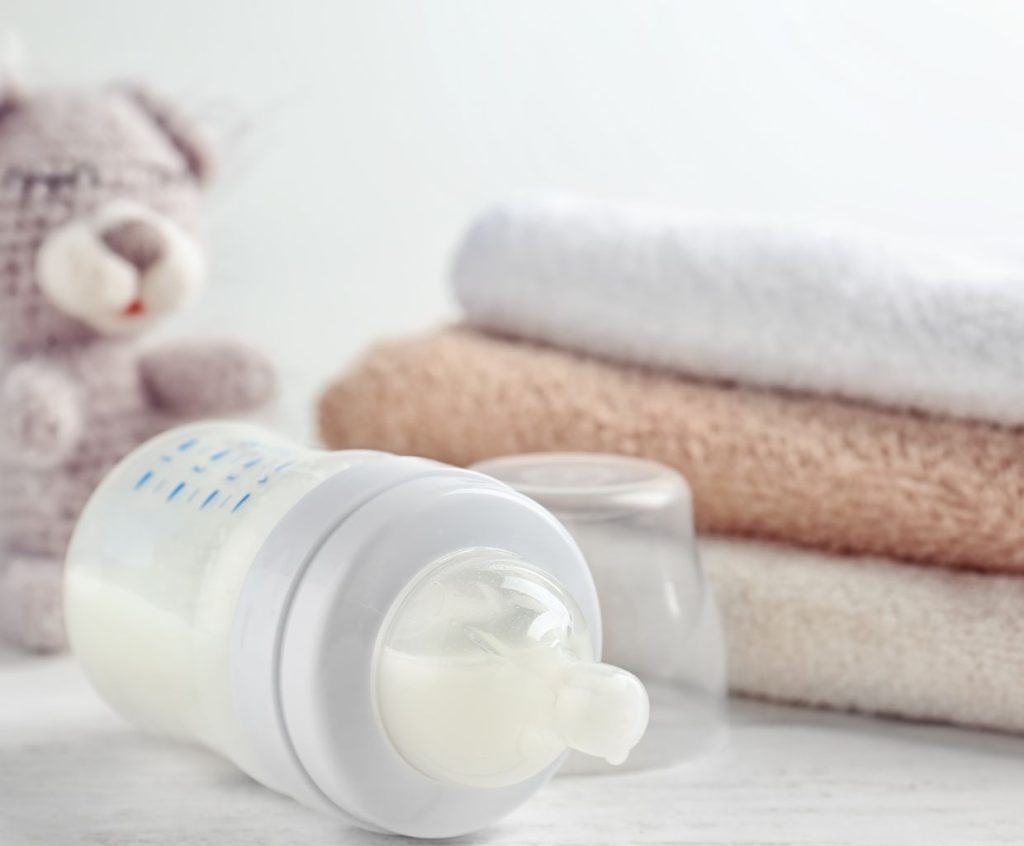How Many Times Can You Reheat Breast Milk?
As a new parent, you may have wondered how often you can safely reheat breast milk for your little one. Breast milk is a precious and nutritious food source for babies, and it’s essential to handle and store it correctly to maintain its quality and ensure your baby’s safety.
This article will explore the guidelines and considerations regarding reheating breast milk.
Factors to Consider
When it comes to reheating breast milk, there are a few factors to consider:
-
- Temperature: Breast milk should be reheated using gentle heat to preserve its beneficial components. Avoid using a microwave, which can heat the milk unevenly and destroy some nutrients—instead, warm water or a bottle warmer to warm the breast milk.
-
- Storage time: The number of times you can reheat breast milk depends on how long it has been stored. According to the Centers for Disease Control and Prevention (CDC), refrigerated breast milk can be used within 24 hours of the first reheating. After that, it’s best to discard any remaining milk.
-
- Hygiene: Proper hygiene is crucial when handling breast milk. Always wash your hands thoroughly before expressing, storing, or reheating breast milk. Additionally, ensure that all the containers, bottles, and utensils are clean and sterilized.
Best Practices for Reheating Breast Milk
To ensure the safety and quality of reheated breast milk, follow these best practices:
-
- Plan: If you know you’ll need to use stored breast milk, take a portion and thaw it in the refrigerator overnight. This way, you can avoid reheating it multiple times.
- Use warm water: Place the refrigerated breast milk container or bottle in a bowl of warm water for gradual and even heating. Avoid using hot water or boiling water, as it can destroy some of the beneficial properties of the milk.
- Test the temperature: Before feeding the reheated breast milk to your baby, always test the temperature on the inside of your wrist. It should be comfortably warm, not hot. Stir the milk gently to distribute any heat unevenness.
- Discard leftovers: If your baby doesn’t finish the reheated breast milk within the feeding session, it’s best to discard any remaining milk. Bacteria from your baby’s mouth can contaminate the milk, making it unsafe for future consumption.
Do pediatric experts provide any guidelines or recommendations regarding the maximum number of times breast milk can be reheated?
There are no specific guidelines or recommendations from pediatric experts regarding the maximum number of times breast milk can be reheated. However, it is generally recommended to reheat breast milk once and discard any leftover milk not consumed afterward. This is because each time breast milk is heated and cooled, it can lose some of its nutritional value and may increase the risk of bacterial contamination. Therefore, it is best to thaw and warm only the amount of breast milk consumed in one feeding to minimize waste.
What are the potential risks and safety concerns associated with reheating breast milk multiple times?
Reheating breast milk multiple times can pose certain risks and safety concerns. Here are some potential issues:
1. Bacterial growth: Each time breast milk is reheated, the temperature fluctuation can create an environment that promotes bacterial growth. This increases the risk of contamination and can lead to illness if the milk is consumed.
2. Nutrient loss: Repeatedly heating breast milk can cause a loss of some of its nutritional value. The higher the temperature and the longer the heating time, the more likely essential nutrients will break down or become less bioavailable.
3. Overheating: If breast milk is overheated, it can destroy some beneficial components, such as antibodies and enzymes, which help protect the baby from infections and aid digestion.
4. Uneven heating: Inconsistent heating can occur when breast milk is reheated multiple times, resulting in hotspots that can scald the baby’s mouth or throat.
5. Chemical leaching: Repeatedly heating breast milk in plastic containers can potentially cause chemicals from the container to leach into the milk. This is more likely if the container is old, scratched, or not specifically designed for breast milk storage.
To minimize these risks, it is recommended to heat breast milk only once and use it immediately. If there is leftover milk after a feeding, it should be refrigerated promptly and used within 24 hours. A bottle warmer or warm water bath instead of a microwave can help ensure even heating.
Can repeated reheating of breast milk affect its nutritional value and quality for the baby?
Reheating breast milk multiple times can affect the baby’s nutritional value and quality. Breast milk contains various nutrients, enzymes, and immune factors that can be sensitive to heat. Repeated reheating can lead to a loss of these essential components, potentially reducing the nutritional value of the milk.
Moreover, each time breast milk is heated, it changes temperature, which can result in the growth of bacteria. This can increase the risk of contamination and spoilage, making the milk unsafe for consumption.
To best preserve breast milk’s nutritional value and quality, storing it properly and using it within a specific time frame is recommended. If reheating is necessary, it is advisable to warm the milk gently by placing the container in warm water or using a bottle warmer. It is essential to avoid overheating or boiling the milk, as this can further degrade its quality. Additionally, any leftover milk after a feeding should be discarded rather than reheated for later use.
How Many Times Can You Reheat Breast Milk – Conclusion
Reheating breast milk is generally safe if done correctly and within the recommended guidelines. It’s essential to consider the temperature, storage time, and hygiene practices while handling and reheating breast milk.
By following the best practices mentioned above, you can ensure the safety and quality of the milk for your precious little one.


